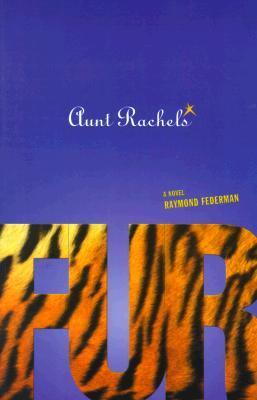What do you think?
Rate this book


281 pages, Paperback
First published May 19, 1998
”...if I hadn’t become a writer I probably would have been a painter, or maybe a sculptor, yes a sculptor because sculptors have to be violent, they have to fight with their material, I would have done dirty erotic art, I would have created obscene scatological objects to symbolize the great crime of our century…”
”...one dances for nothing, only for the beauty of dancing, for the form, because one can never tell the dancer from the dance, as Yeats put it so well, the walker always walks for a reason, it’s the reason that makes him walk, good or bad, useful or useless, doesn’t matter, ah but one dances for no reason, that’s what you have to understand if you’re going to stay and listen to me, I’m not walking here, I’m dancing, get it, I’m doing acrobatics, I don’t tell my stories in order to get somewhere, I tell them for the simple pleasure of telling, no more no less, and if you’re listening in order to find out what’s going to happen at the end, you’re wasting your time, you have to listen just for the pleasure of listening to my voice, to the dancing of my voice if you prefer…”
”...writing is not what you remember but what you have forgotten… the writer makes the transition from the visible to the invisible, as he plunges into the invisibility of language, he confronts the incapacity of seizing the subject who writes, because no matter how hard one tries, the subject who writes will never be able to seize himself in what he writes, he will seize only the writing itself, which by definition excludes him…”